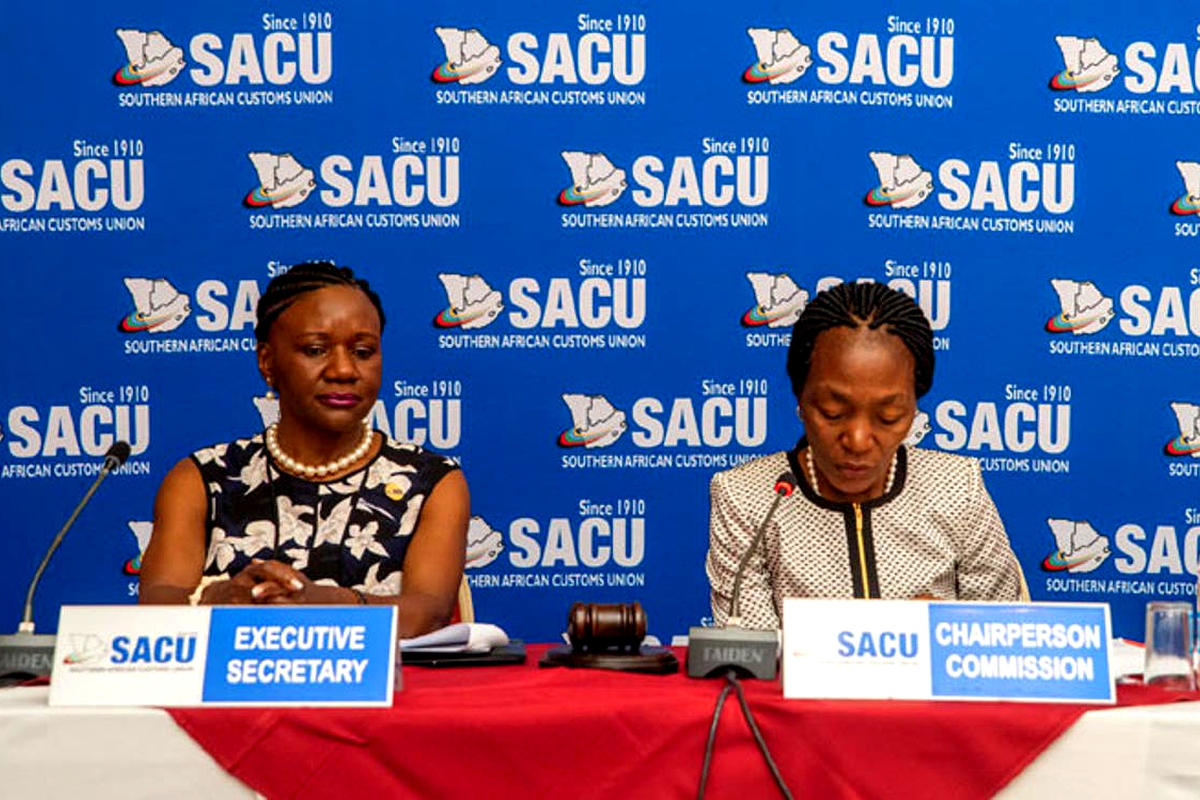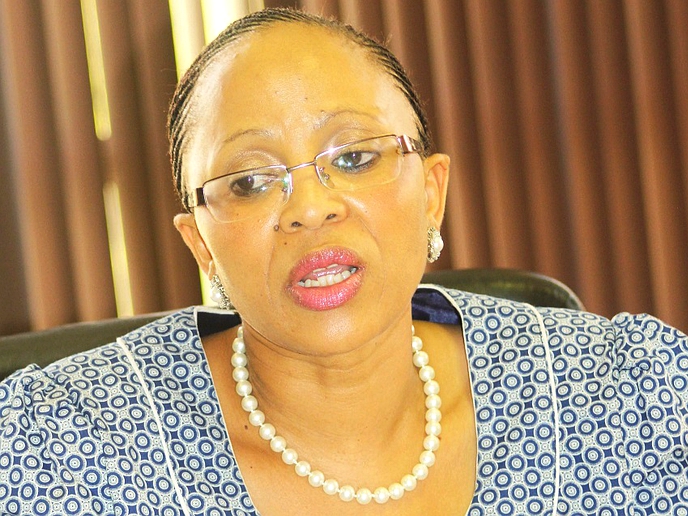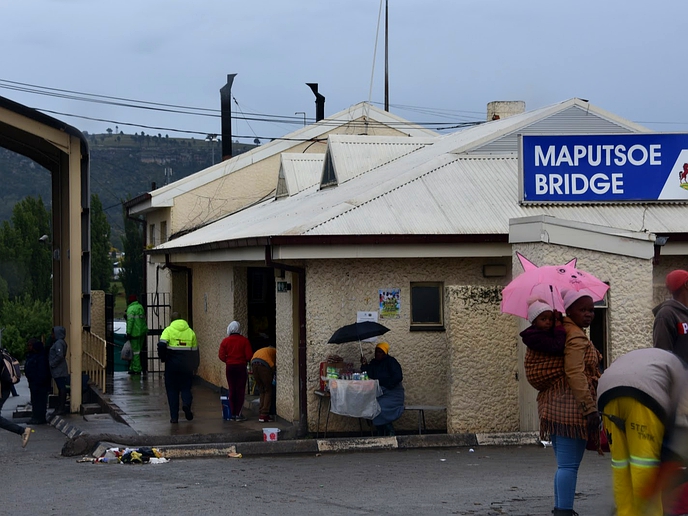MASERU - The International Monetary Fund (IMF) has warned that Lesotho’s public debt is projected to rise over the next two years due to a number of negative economic factors. This year, public debt is projected to exceed 60 percent of the GDP due to weaker GDP growth,
business
Aug. 13, 2020
NEO SENOKO
3 min read
Public debt to increase in two years

depreciation of the exchange rate and the additional take up of debt in near term as the deficit widens, the IMF states. Additionally, government finances have struggled to cope with the volatility of transfers from the Southern African Customs Union (SACU) that account for around half of total revenues. Notwithstanding a temporary windfall this year, several years of low SACU transfers have eroded Lesotho’s buffers.
This year’s SACU transfers, however, are increasing by 8 percent of GDP, which in the absence of the COVID-19 pandemic would have eased the government’s recent financing difficulties.
“Public debt is expected to rise slightly over the next two years, reflecting higher levels of domestic debt and concessional borrowing needed to partially offset the decline in SACU revenues, before falling gradually over the medium term as expenditure consolidation takes hold,” the IMF said in a recently published report.
Currently, according to the report, the country’s public debt seats at 61.4 percent of GDP, an increase from 54.4 in the 2019/20 financial year. For the next two years, public debt is projected to surge to 63.2 in 2021/22 and slightly drop to 63.0 in 2022/23. Of these findings, external debt, currently at 53.0 is expected to rise to 53.4 in the next financial year. Domestic debt will also rise from the current 8.5 percent to 9.8 percent of GDP in the next financial year.
Minister of Finance Thabo Sophonea has recently agreed that increased fiscal deficit will put pressure on the country’s foreign exchange reserves, which are critical in maintaining the exchange rate parity between the Loti and South African Rand.
“Lesotho’s economy was already facing challenges before the pandemic with low growth rates for several years and therefore increased fiscal deficit will put pressure on the country’s foreign exchange reserves,” Sofonea said.
The support on the other hand, he added will help reduce balance of payments pressure, as government spending on COVID-19 related measures increases. The public debt however, is expected to remain sustainable in the
Enjoy our daily newsletter from today
Access exclusive newsletters, along with previews of new media releases.
medium term with the risk of debt distress staying moderate. The report which was published in July comes at the time when the IMF board has just approved US$49.1 million in Emergency Support to Lesotho to address the COVID-19 pandemic.
The approved funding comes from the IMF’s Rapid Credit Facility (RCF) equivalent to SDR 11.7 million (about US$16.5 million), and the Rapid Financing Instrument (RFI) will provide the equivalent of SDR 23.2 million (about US$ 32.6 million). These two will give a total amount of US$ 49.1 million (M850 million).The COVID-19 pandemic is having a severe impact on Lesotho and the country faces urgent external and fiscal financing needs.
The short term economic outlook has deteriorated substantially as policies to contain the virus and a deteriorating external context take their toll. Addressing the pandemic has created additional external financing needs of around 6 percent of GDP in 2020, while fiscal financing needs are expected to be met through a reprioritisation of planned expenditures and additional financing from development partners.
Lesotho continues to be assed at moderate risk of debt distress and has sufficient capacity to repay the fund. The updated debt sustainability analysis that incorporates the impact of the virus shows debt to be sustainable.
Outstanding credit from the Fund, once the RCF disbursement and the RFI purchases have been made, will amount to 71.26 of quota, while obligations to the fund will remain below 1.1 percent of government revenue and below 1.2 percent exports of goods and services as well as 0.5 percent of GDP throughout the forecast horizon. While Lesotho faces substantial risk, its moderate risk of debt distress suggests that it will be able to repay the fund even if some of these risks materialised.






